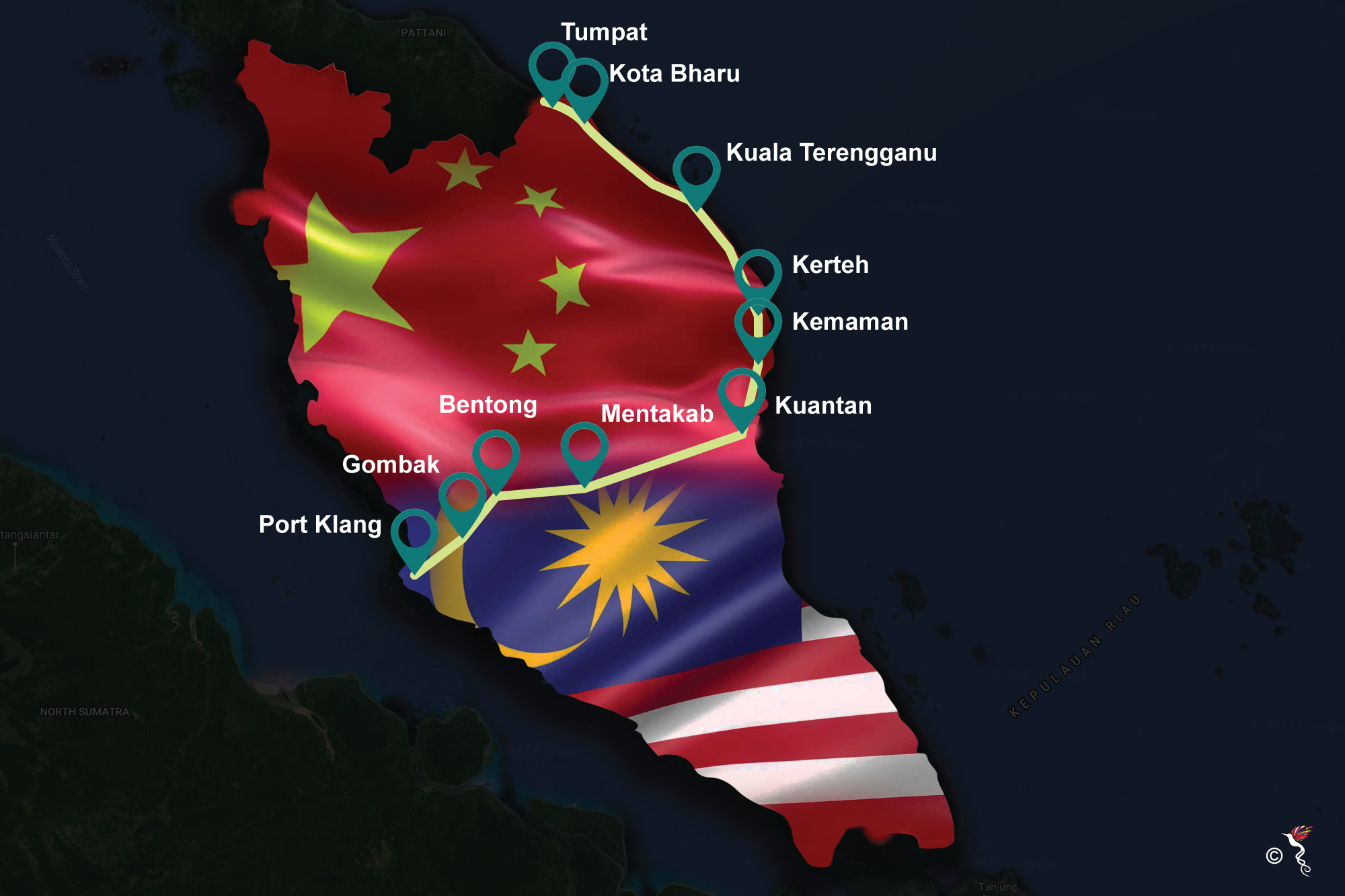China is making massive investments in land and sea links within the Southeast Asia to broaden its influence in the region through economic ties.
Sunway University Business School Professor of Economics Prof Dr Yeah Kim Leng said the investments by China is part of its strategy in fulfilling the belt and road initiative (BRI) to increase regional trade and economic cooperation.
"From the geopolitical point of view, it (China) wanted to gain greater influence in the ASEAN region. The BRI was aimed at improving trade and capital flows between China and other countries along the land and sea routes," he told The ASEAN Post.
The investment which will have multiple spillover effects on the economies in the region, will be benefiting China to have greater access to resources and better movement of their goods and services.
China's aggressive investment in ports and rail links in Malaysia under the belt and road initiative will be a game changer as it will bring vast economic benefits and opportunities not only to China but for all the economies within the route like Malaysia, Singapore and Indonesia.
The RM55 billion East Coast Rail Line (ECRL) project is part of the RM144 billion worth of investment and partnership signed by Prime Minister Najib Razak during his visit to China in November last year.
The project was identified as a high-impact project aimed to stimulate economic growth in the East Coast Economic Region (ECER).
China's participation in industrial parks along the rail and sea routes is an ideal option for movement of goods. It will not only benefit China but also the economies along these routes.
According to HSBC in a report, BRI infrastructure in Asia alone is estimated to cost US$1.7 trillion a year through 2030. The recently established Asian Infrastructure Investment Bank (AIIB), Silk Road Fund and the New Development Bank have already committed about US$1.1 trillion.
The trade between China and BRI countries exceeded US$600 billion or 26% of China's total foreign trade volume, in the first eight months of 2016. Based on this, the annual trade volume between China and countries the belt and road routes is expected to exceed US$2.5 trillion in the next 10 years.
The initiative will connect more than 65 countries across Europe, Asia and Africa covering 63% of the world's population and 29% of global gross domestic product (GDP) and ultimately make it easier for goods and services to reach the growing middle classes as their disposable income increases.
Companies of all types and sizes both inside and out of China in the infrastructure, telecommunications, trade, sustainability and financing sectors will benefit including manufacturers, raw good suppliers and logistics providers as well as financial and professional services firms and more.
